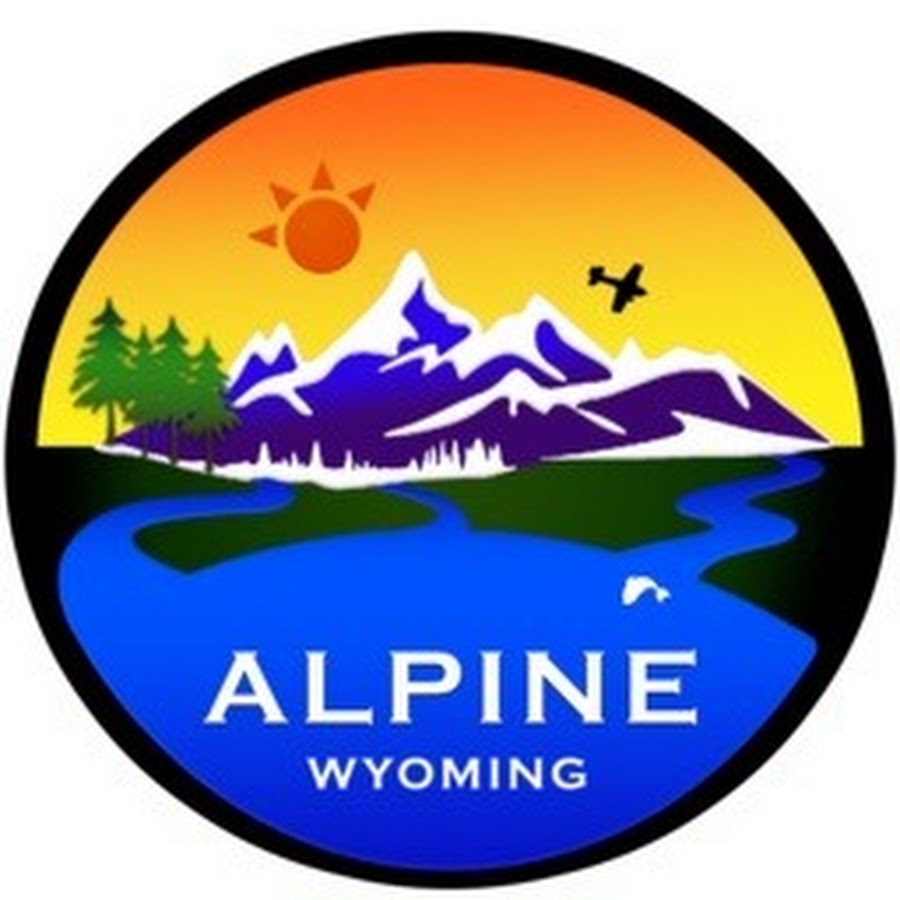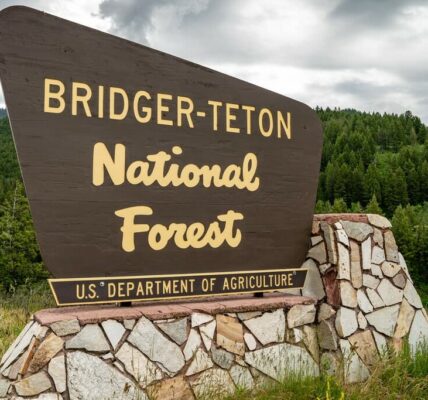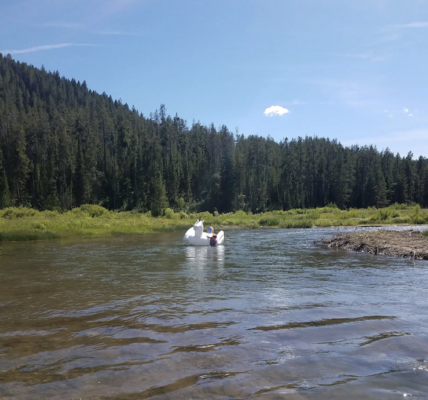◆ Star Valley Search and Rescue urges caution.
Star Valley Search and Rescue Commander, Cory Hepworth, spent time this week with SVI media detailing what he believes are essential pieces of equipment for the serious backcountry snowmobile rider.
Before he detailed what gear he views as vital, Hepworth reminded riders, “Read the avalanche report. https://www.jhavalanche.org. Don’t just look at the color-coded things and go ‘Hey, it’s a moderate day. I’m good to go.’ Read the description because there’s a lot of information those guys give in there that give you more of an understanding of what our snowpack is.”
• Essential gear for riders
Hepworth explained, “When I’m out with search and rescue, and back when I did a lot of sledding, I would ride with a PAC or avalanche airbag, an avalanche transceiver (or beacon), a shovel, and a probe––those are the gear that are always in my backpack when I go out.”
It’s the same for the Star Valley Search and Rescue team: they always ride with an avalanche bag, beacon, shovel and a probe.
• Avalanche Airbags
For experienced snowmobile riders (or skiers and snowboarders) venturing into avalanche terrain, an airbag pack can provide an extra boost in safety. These backpacks function by inflating an airbag using compressed air, gas, or electric fan, which help the user stay on the surface of the snow in the event of a slide.
A range of airbags, rated by Switchback.com, can range in cost from $700 on the low end and $1400 on the high end for quality avalanche bags. According to Switchback, there isn’t a lot of research on airbags since they are a fairly-recent development, but in a 2014 study they cite, avalanche bags reduce fatalities from 22% to 11%. You can read their reviews and more detailed information at www.switchbacktravel.com.
• Transceivers
Beacons (transceivers) are electronic devices about the size of a large cell phone that transmit and receive an electronic signal. The idea is that everyone in a snowmobile group wears one––best worn and tethered under a jacket to keep it warm––as well as safe from being torn off in an avalanche. Once turned on, the beacon transmits a beep about once a second. The range is between 40-80 yards. All beacons work on the same international frequency.
“When I go into the back country during the winter, I don’t go out without an avalanche beacon, which is called a transceiver. It transmits a signal and also receives a signal,” said Hepworth.
If someone in the party is buried, everyone else turns their beacon to receive. The beeps get stronger and more frequent as the rescuer approaches the buried victim’s beacon. Experts recommend practicing with them regularly. Unfortunately, beacons have not saved as many lives as one would expect, due to lack of practice.
• Probes
In a companion rescue scenario, once rescuers have pinpointed the strongest signal at the surface with the transceiver, they use their avalanche probe, and start probing in a spiral pattern, a body’s width apart if in a group, holding the probe perpendicular to the surface of the slope, and pushing the probe down until it contacts something solid.
• Shovels/Shoveling technique
It is important to practice shoveling—it’s the most time-consuming part of a rescue. Any would-be rescuer should practice rapidly deploying his shovel every time he practices using his transceiver. Experts recommend leaving the probe in place once rescuers have located the victim and approach from the down-hill side, using caution to not injure the buried rider. Professionals also advocate a chop and sweep technique vs a scoop and throw. Rescuers should dig a width of a ‘wing-span’ and seek to rapidly clear the victim’s airway.
• First Aid Kit
Hepworth explained his preparation when it comes to a first aid kit: “There’s a lot of the gear in our first aid kits. I would get a soft side kit, a bag that has a lot of bandages, antiseptic, the sort of stuff you’d expect to see in a normal first aid kit.” He likes a waterproof outer bag to contain his first aid kits. (mymedic.com)
Other common-sense items to consider
“I make sure I have some way of building and lighting a fire, some sort of drink, and some sort of high protein snack,” Hepworth said. “I carry these whether I’m out riding for fun or when we go out to rescue somebody.”
A lot of the Search and Rescue team also carry extra socks, gloves, and even goggles. Most carry space blankets, or some way to reflect heat if they need to warm somebody up.
Hepworth talked about his own personal gear: “There’s a lot of good gear out there. Climbing gear is good. Free Spirit Recreation (FSR) makes good gear, Ride 509 too. Most of your snowmobile people like Arctic Cat, Skidoo, they all make good gear. It’s more of a preference.”
Another point to emphasize, according to Hepworth is to layer your clothes. “You can take a layer off or add it back on to control your temperature. The most important thing is to have good gear you’re comfortable in. I have a Klim coat and I like Underarmour for a base layer. I’ve researched a lot. What it comes down to is personal preference.”
• Satellite Phone
While Hepworth didn’t specifically mention a satellite phone, they are becoming more affordable as a back-up for outdoor adventures: expect to pay around $400 for a model like Inreach or Spot and about $15 a month for a monthly subscription. They then provide for two-way text communication with your local sheriff’s department or rescue group.
• Star Valley Search and Rescue: upcoming safety training
SV S & R will be hosting a snowmobile safety training session on Feb. 5 and 6 to train riders on how to ride safely. The in-class training session on Feb. 5 will be at 6:30 p.m. at the old National Guard Armory at 350 East Sixth Avenue. Feb 6, participants will travel to Smith’s Fork and then on to Poker Flats for a hands-on training practicing using safety gear like beacons, probes and strategic shoveling. You can get more information by calling Star Valley Search and Rescue at 307-886-9026.






